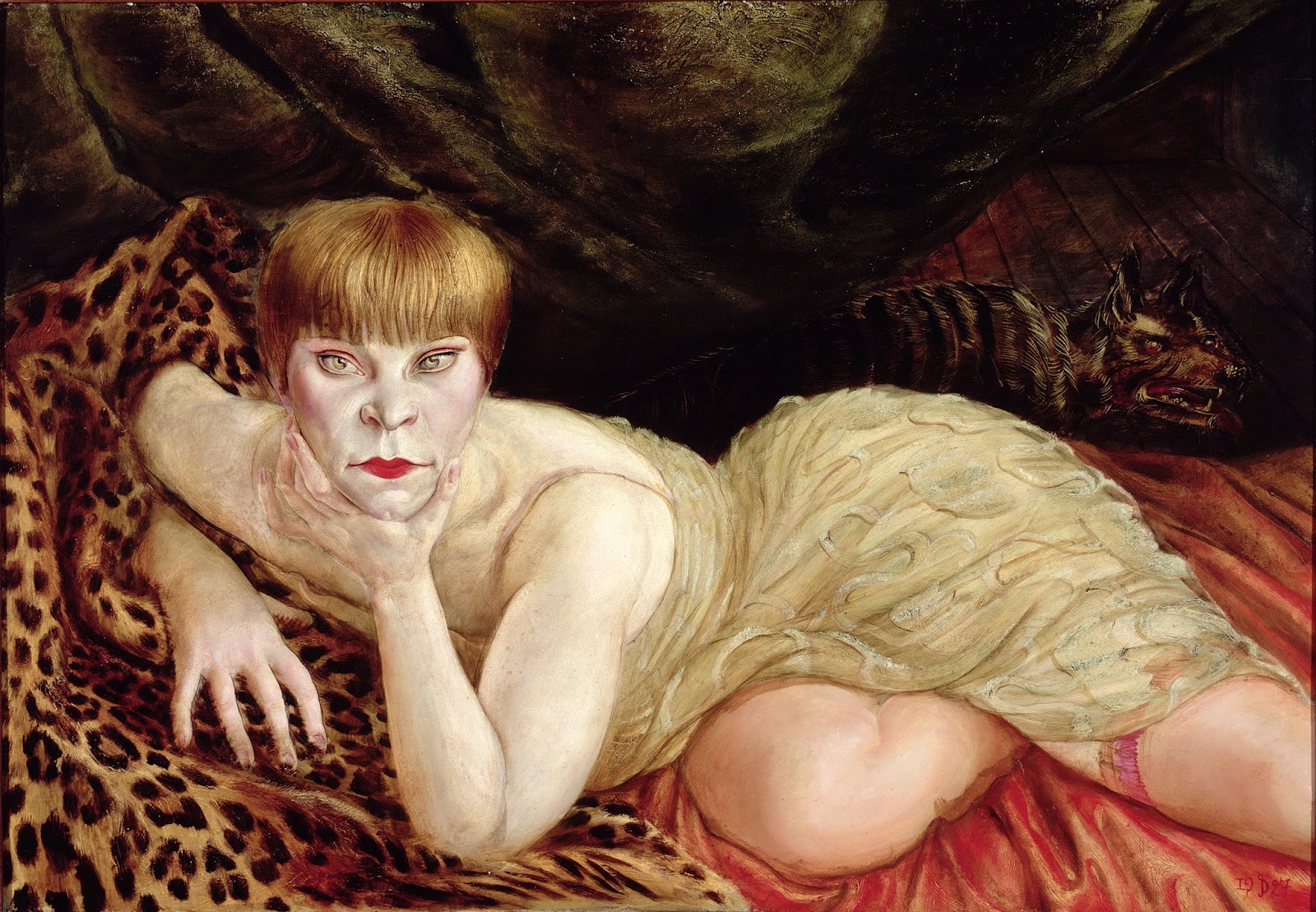24/07/17
Portraying a Nation: Germany
1919–1933
Tate Liverpool
23 June – 15 October 2017
In its 14 years (1919-33), the Weimar
Republic – as the newly established German state was unofficially known – faced
numerous problems, including hyperinflation, unemployment, political extremism
(with paramilitaries – both left- and rightwing), and troubled relationships
with the victors of the first world war. It was also, however, as is common in
such periods, an era of remarkable cultural renaissance, a boom time for clubs
and bars, and a phase of great creativity in terms of literature, cinema,
theatre and music. Visual artists, too, responded to the sociopolitical
climate, with Otto Dix (1891-1969) in particular combining realism and
criticality with his singular artistic vision to produce paintings showing the manifold
extremes of this tumultuous interwar period.

For this dual exhibition at Tate Liverpool, a
selection of Dix’s work, primarily from his years in Düsseldorf between
1922-25, and including his barren series of 50 etchings The War (1924), is set against more than 140
photographs from the Artist Rooms collection of photographer August Sander’s
monumental project, People of the 20th Century. Photographing subjects from all
walks of life, and later categorising them according to his self-devised, ever-evolving
system, Sander (1876-1964) produced an incomparable record – or collective
portrait – of a nation in flux. Shown here chronologically, alongside an
informative textual timeline, the gelatin silver prints set the sociopolitical
backdrop against which Dix’s dramas, across the hall, play out. While each
exhibition is strong enough – and large enough – to stand alone, together they
provide a comprehensive and fantastic insight into the life and times, the ups
and downs, and the joys and horrors, of the Weimar Republic.
Read this review here